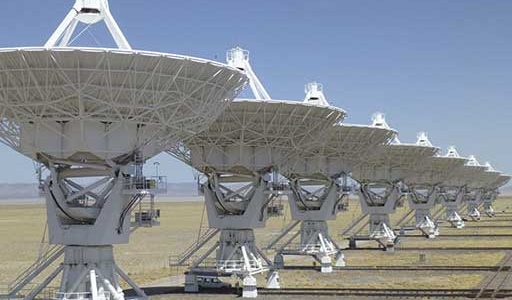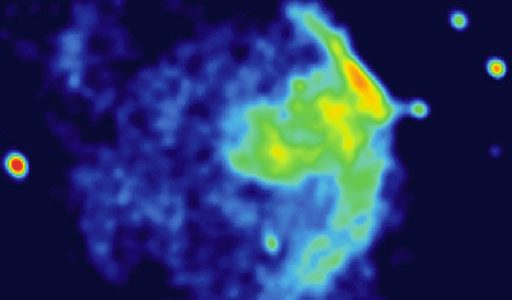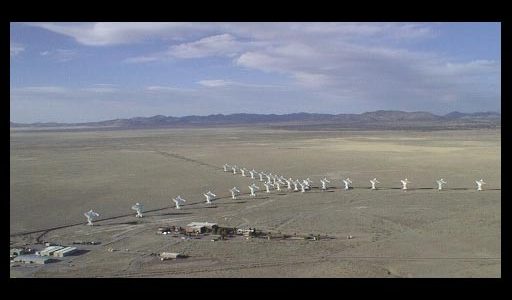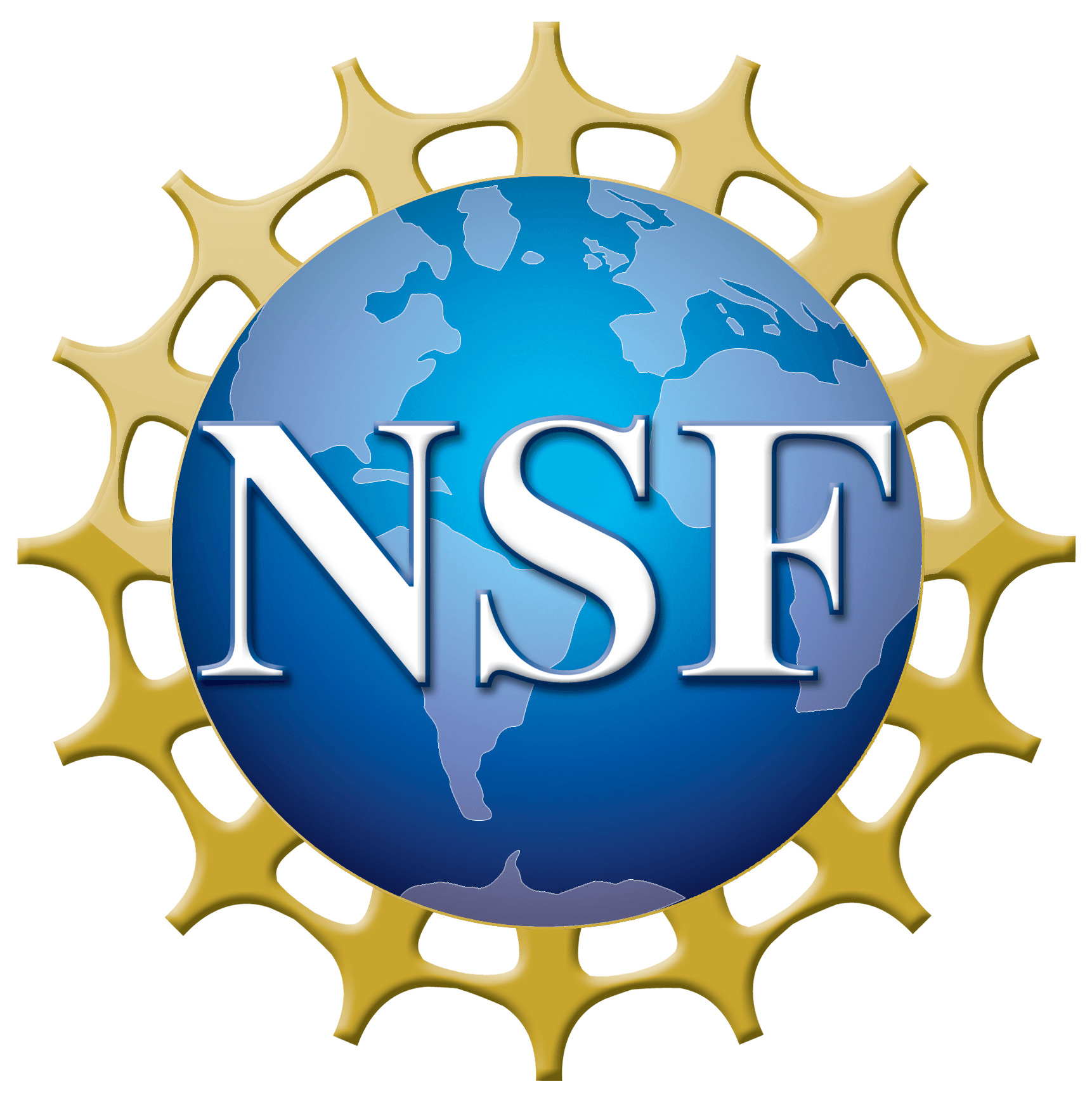Latest NRAO News
News is managed by NRAO News & Public Information. Questions about News? Have a story to share? Want to interview a scientist or create new media about our telescopes?

On August 23, scientists will mark the 20th anniversary of the National Science Foundation’s Very Large Array, the most powerful, flexible and widely-used radio telescope in the world.

Pulsars, those spinning, superdense neutron stars that send powerful lighthouse beams of radio waves and light flashing through the Universe, have been lying about their ages.

The prospects for life in the Universe just got sweeter, with the first discovery of a simple sugar molecule in space.

Astronomers using the millimeter-wave region of the radio spectrum have won crucial protection for their science.

The world’s most productive and widely-used radio telescope, the National Science Foundation’s Very Large Array, can be improved tenfold with an expansion project proposed by the National Radio Astronomy Observatory.

Sophisticated computer analysis of 20 years of data from the National Science Foundation’s Very Large Array radio telescope has revealed evidence of hot bubbles in the dense, rapidly-spinning disk of material being sucked into a massive black hole 26,000 light-years distant at the heart of our own Milky Way Galaxy, astronomers announced.





